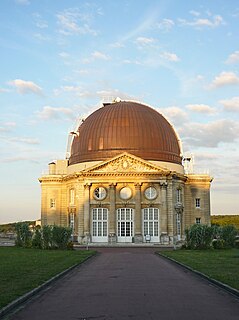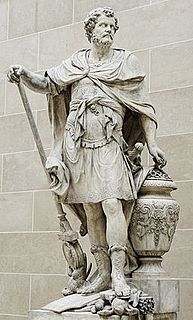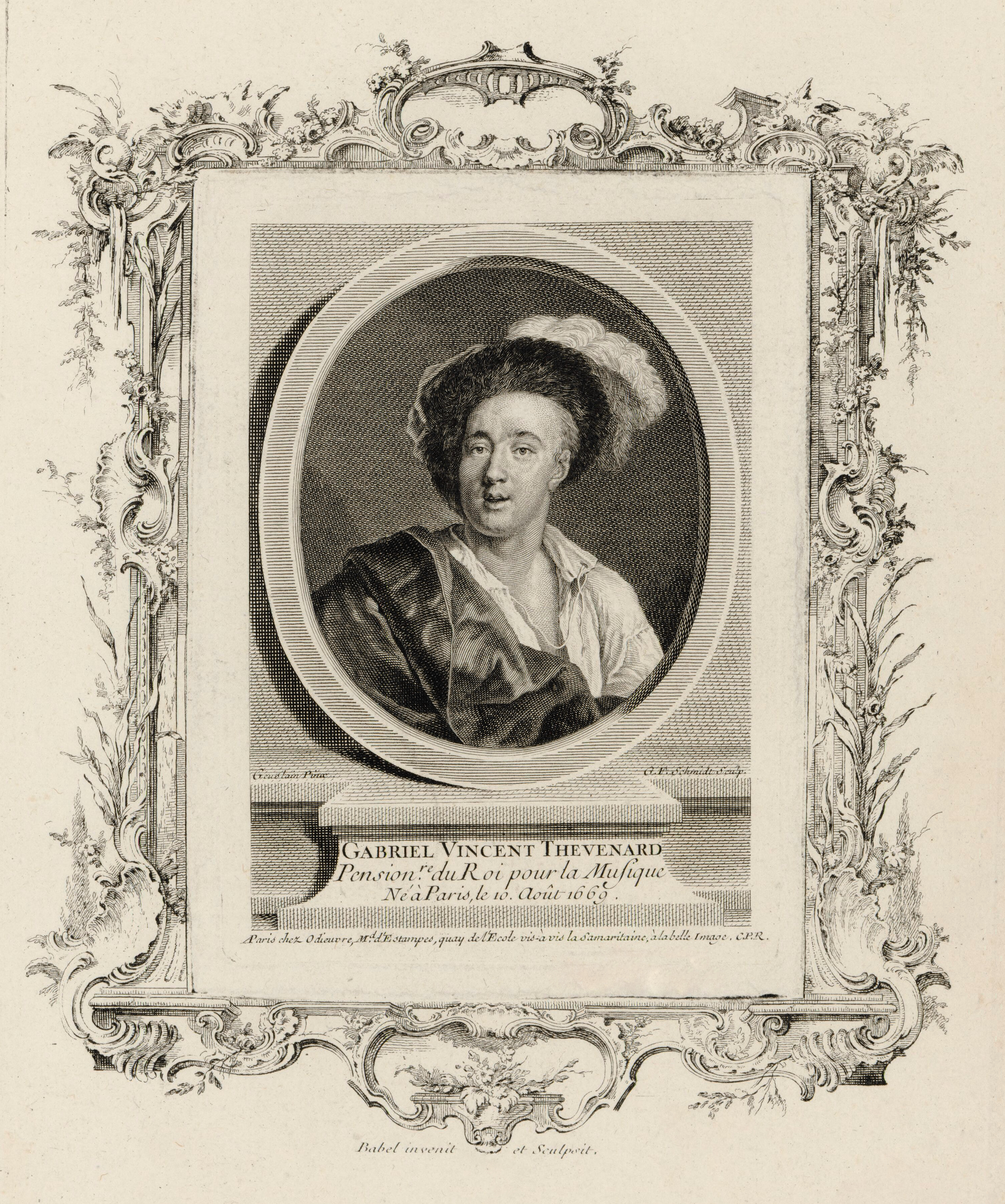
The Wallace Collection is a museum in London occupying Hertford House in Manchester Square, the former townhouse of the Seymour family, Marquesses of Hertford. It is named after Sir Richard Wallace, who built the extensive collection, along with the Marquesses of Hertford, in the 18th and 19th centuries. The collection features fine and decorative arts from the 15th to the 19th centuries with important holdings of French 18th-century paintings, furniture, arms and armour, porcelain and Old Master paintings arranged into 25 galleries. It is open to the public and entry is free.

Marie-Jeanne Rose Bertin was a French milliner, known as the dressmaker to Queen Marie Antoinette. She was the first celebrated French fashion designer and is widely credited with having brought fashion and haute couture to the forefront of popular culture.

The Borghese Vase is a monumental bell-shaped krater sculpted in Athens from Pentelic marble in the second half of the 1st century BC as a garden ornament for the Roman market; it is now in the Louvre Museum.

The Medici Vase is a monumental marble bell-shaped krater sculpted in Athens in the second half of the 1st century AD as a garden ornament for the Roman market. It is now in the Uffizi Gallery in Florence.

Bon Boullogne was a French painter.

Meudon Castle, also known as the Royal Castle of Meudon or Imperial Palace of Meudon, is a French castle located in Meudon in the Hauts-de-Seine department. At the edge of a wooded plateau, the castle offers views of Paris and the Seine river, as well as of the valley of Chalais. Located between Paris and Versailles, in the heart of a hunting reserve, the castle has an ideal topography for large gardens. It had many successive owners from the Renaissance until the fall of the Second French Empire. It should not be confused with the Bellevue Castle, also located in Meudon.

Louis-Simon Boizot (1743–1809) was a French sculptor whose models for biscuit figures for Sèvres porcelain are better-known than his large-scale sculptures.

François Lespingola was a French sculptor in the team that provided original sculptures, vases and copies after the Antique for the gardens at Versailles. From 1665 until 1675, Lespignola was a student in Rome at the Académie de France. In 1675, he became a member of the Accademia di San Luca. Once he returned to France, Lespingola was received as a member of the Académie royale de peinture et de sculpture in 1676.

Jean-Baptiste Tuby was a French sculptor of Italian origins, best known for the sculpture in the fountains of the Gardens of Versailles. His work expresses the exuberance of the Baroque blended with the classicism of the Style Louis XIV.

Sebastiaen Slodtz, in France called Sébastien Slodtz (1655–1726) was a Flemish sculptor and decorator who after training in his native Antwerp, moved to France where he became a court sculptor to the King. He was the father of three sons who helped further shape official French sculpture between the Baroque and the Rococo.

Jacques Prou (1655–1706) was a French Academic Baroque sculptor, a product of the Academy system overseen by Charles Le Brun. Trained in the Academy school in Paris,. he spent four years (1676–80) refining his style at the French Academy in Rome, then returned to Paris to become a member of the team of the Bâtiments du Roi from 1681, providing sculpture for Versailles in the atelier of Jean-Baptiste Tuby, whose daughter he married. He was received as a full member of the Académie royale de peinture et de sculpture in 1682, presenting as his reception piece a bas-relief of Sculpture consulting Painting over the portrait of Louis XIV, now at the Musée du Louvre, which reveals his concern for surface textures adapted from the dominant art, painting At Versailles he became closely associated in projects for fountains and emblematic decorative sculpture with Antoine Coysevox, notably in the Escalier des princes, the salon opening onto it, and the Salon de la Guerre.
Events from the year 1705 in art.

Gabriel-Vincent Thévenard was a French operatic baritone.

Nicolas Bertin was a French painter.

Jean-Victor Bertin was a French painter of historical landscapes, inspired by Italy and known for the minute detail of his classical style.
Nicolas-Sébastien Adam, also called "Adam the Younger", was a French sculptor working in the Neoclassical style. He was born in Nancy and died in Paris.

Jacques-François Delyen was a 17th-century French painter, specializing in portraits.

The Style Louis XIV or Louis Quatorze, also called French classicism, was the style of architecture and decorative arts intended to glorify King Louis XIV and his reign. It featured majesty, harmony and regularity. It became the official style during the reign of Louis XIV (1643–1715), imposed upon artists by the newly established Académie royale de peinture et de sculpture and the Académie royale d'architecture. It had an important influence upon the architecture of other European monarchs, from Frederick the Great of Prussia to Peter the Great of Russia. Major architects of the period included François Mansart, Jules Hardouin Mansart, Robert de Cotte, Pierre Le Muet, Claude Perrault, and Louis Le Vau. Major monuments included the Palace of Versailles, the Grand Trianon at Versailles, and the Church of Les Invalides (1675–91).
Adélaïde Henriette Damoville, known as Madame Eloffe (1759–1805), was a French fashion merchant or Marchandes de modes. She was a favorite milliner of Queen Marie Antoinette.
















